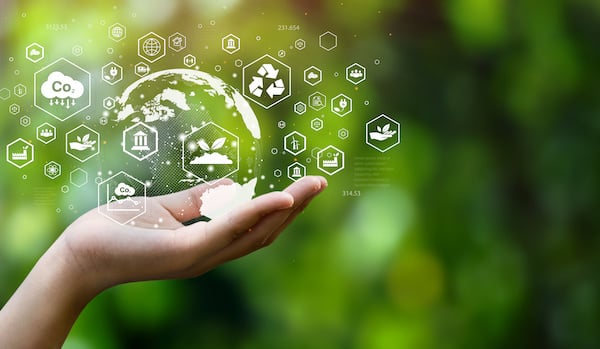Many are questioning where global manufacturing is headed. With ever-present changes due to continually evolving technology and supply chain disruptions, it is natural to have some concerns.
Climate change remains a pressing issue
Governments have been offering tax credits for fossil fuels and any investment in green technology and efficiency standards. There are also carbon taxes, a tax levied on a company’s manufacturing processes and products that produce carbon emissions. 
The tax is there to address the climate implications created by carbon emissions. But with everything going on in the world, having this additional cost is creating challenges for many organizations, particularly those in transportation, oil and gas, and coal mining.
According to research, there has been lost profit in manufacturing due to environmental regulations. A study from Berkley said how the strengthening of emission standards in the early 1990s led to a persistent decline in employment in affected sectors. “Sector-level models suggest that the size of the newly regulated, polluting sector fell by more than 15 percent in the ten years following the change in regulation. These changes in employment are driven primarily by an increase in the plant-level job destruction rate, suggesting that these plant-level downsizings are associated with significant worker-level adjustment costs pertaining to involuntary job loss.”
There is not only an extra cost from the tax itself, but many businesses also need to factor compliance management into their budgets. On the flip side, it will incentivize the adoption of bio-based fuels, lowering the demand for carbon-based fuels.
Companies operating in countries such as the Congo, Saudi Arabia and Venezuela will face the most significant economic impact due to their heavy reliance on fossil fuels.
The demand for skilled workers continues
The demand for more skilled workers is increasing, especially within technologically advanced countries. China and the United States, as well as parts of Europe, are mainly responsible for the success of the Industrial Internet of Things and AI-related technology.
Because of these advances, green manufacturing has made its way to the forefront. The evolution of green manufacturing is the process by which companies reduce their carbon footprint on the environment by altering their manufacturing procedures in an environmentally friendly way. This is done not only by significant, nationally known companies but also by smaller businesses that want to be more conscious of any waste they may be producing.
To make this change, it requires a skilled workforce. There just isn’t an excess supply of wind turbine engineers, heat pump installers, electric vehicle mechanics or even the infrastructure for charging electric vehicles. And since there is a lack of workers and the infrastructure support to that can help meet green transition commitments, this is going to create challenges for manufacturers to become green.
There is a long-standing debate that building certain renewable energy equipment, such as solar panels and wind turbines, has a large carbon footprint. Which is true, the manufacturing and erecting of wind turbines requires hundreds of tons of materials such as aluminum, steel and the epoxy resins that hold parts together. However, when we amortize the carbon cost over the multiple decade lifespan of the equipment, it is determined that wind power has a carbon footprint 98 percent less than natural gas and 99 percent less than coal-fired power plants. So, there is clearly a long-term benefit that we should strive to achieve.
Green manufacturing continues to evolve
Green manufacturing includes limiting the use of natural resources and finding new uses for recycled materials. It means converting to a more sustainable manufacturing style and changing business practices to include environmentally friendly options. From company policy to individual business practices, these methods can reduce carbon emissions and use minimal natural resources. 
Green machines, a new model based on running machinery on electricity rather than diesel, are becoming more popular. These machines introduce a way to run a manufacturing business while successfully preserving the environment. They reduce health risks, noise pollution and maintenance costs.
While some are pushing green manufacturing, there is and will be significant resistance to converting. So, it comes down to the individual, a grass roots movement for companies, governments and society to take steps to move forward.
Sources:
